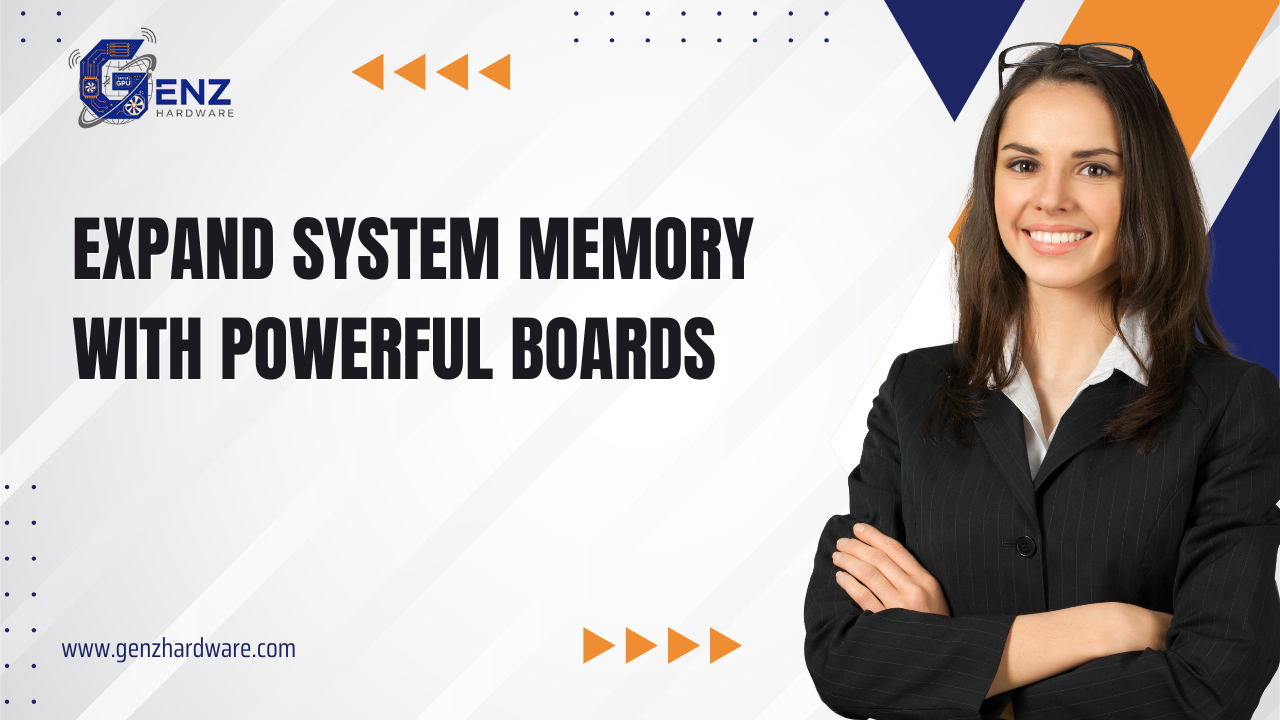
Memory Boards: Expanding System Capacity and Performance
As businesses grow, so does the demand for more computing power. One way enterprises scale their systems is by using memory boards. These boards provide additional memory capacity beyond standard modules, enabling servers and workstations to handle more complex workloads with ease.
What Are Memory Boards?
A memory board is a hardware expansion card that houses multiple memory modules. It connects to a server or workstation’s motherboard to increase overall memory capacity. Unlike individual RAM sticks, memory boards are designed for high-end computing environments where performance, scalability, and reliability are critical.
Why Memory Boards Matter:
-
Expanded Capacity: Add massive amounts of memory to support enterprise workloads.
-
High Performance: Improve system speed for applications like virtualization and big data.
-
Scalability: Easily upgrade systems without replacing the entire motherboard.
-
Reliability: Often support ECC and registered memory for data accuracy.
-
Optimized for Enterprises: Designed for 24/7 workloads in data centers and research facilities.
Common Uses of Memory Boards:
-
Servers: Expanding memory for cloud computing, virtualization, and databases.
-
Workstations: Supporting professionals in 3D rendering, AI, and engineering.
-
High-Performance Computing (HPC): Essential in scientific simulations and analytics.
-
Data Centers: Scaling memory to meet increasing user and application demands.
Memory Boards vs. Standard RAM Modules:
-
Standard RAM Modules: Ideal for desktops and laptops with limited slots.
-
Memory Boards: Provide enterprise-level memory expansion, supporting much higher capacities.
Conclusion:
Memory boards are critical for organizations that need scalable, reliable, and high-capacity memory solutions. From powering servers to enabling advanced simulations, they ensure that businesses and research institutions can keep pace with today’s demanding digital workloads.








